At-Home Learning | Kindergarten | Grades 1-2 | Grades 3-4 | Grades 5-6 | Grades 7-8 | HMH At-Home Learning Hub
Check back here daily for new resources!
Featured Problems:
Rich, interesting problems are powerful tools for student learning. The questions here are open-ended. There may be multiple answers or multiple approaches. Make time for your students to discuss and compare their solutions, either with you or with others. We hope these problems will spark students’ curiosity and lead them to investigate new questions.

Find 2 toys or other objects. What is the same or different about them? What is different? Add 5 more toys or objects. How many ways can you sort them into groups? Can someone in your family figure out how you sorted them?
Things to Consider:
Sorting collections of objects is a valuable activity for children to do again and again. Sorting experiences can encourage children to notice physical attributes such as size and shape, as well as similarities and differences. After children describe how they sorted their objects, ask them to say how many objects are in each group and how many objects they have altogether. For instance, there are 3 balls, 2 blue things and 2 cars. There are 7 altogether.

Marta said a number. Her brother said a number that is 2 more. What might the numbers be?
Things to Consider:
Emphasizing number relationships is key to helping children fully develop number sense. Children should know that 7, for example, is 2 more than 5 and 2 less than 9. The openness of this problem allows children to work within a range of numbers that are just right for them. Encourage children to explain how they know that the numbers they choose are two apart.

I have a secret number that is more than 4. What might it be?
Things to Consider:
To encourage children’s thinking, it’s helpful to ask them, “Why?” and “How do you know?” Regardless of what secret number a child says, ask questions like the following to encourage their thinking:
· How do you know that number is more than 4?
· What is a different secret number that is just a little more than 4?

What is longer than two of your foot lengths but shorter than three of your foot lengths?
Things to Consider:
Young children need many experiences using nonstandard measurement units to describe the length of objects. Encourage children to look at the length of two foot lengths and then make predictions about what might be a little bit longer. Then, try it out. Encourage them to make a list of what they discover.
Featured Videos:
Math in the Kitchen: Sorting & Classification
We’re in the kitchen with Math Solutions Professional Learning Consultant Brandon Harms, turning dinner into a sorting task you can do with any K-2 student! How else could Brandon sort his ingredients?
Math Focus Problem: How Many Feet in Your House?
How many feet are you in your house? Lisa Rogers explores this math focus problem that is easy to do with the family at home!
Math Scavenger Hunt: Geometric Shapes
Math is all around us! LaToya Major goes on a math scavenger hunt through her neighborhood, noting all the geometric shapes around her. What geometric shapes do you see on your daily walk? Share your pics and videos with us using #mathengerhunt!
Questions? Click Here to Contact Us


